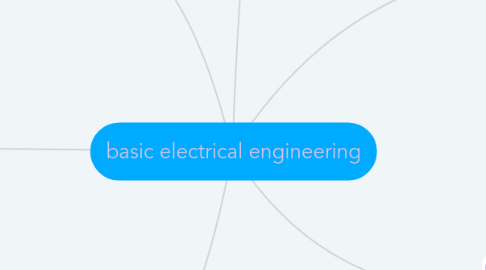basic electrical engineering
by ɐиia PwiŊcêss

1. : THREE PHASE CIRCUITS & SINGLE PHASE TRANSFORMERS
1.1. Three-Phase balanced circuits: Generation of three phase voltage, voltage and current relations in star and delta connections. Single Phase Transformers: Ideal and practical transformer, EMF equation, equivalent circuit, phasor diagram, losses in transformers, regulation and efficiency.
2. DC MACHINES
2.1. Construction, working principle of DC generator and motors, EMF equation of DC generator, Torque equation of DC motor, classification of DC generators and motors. Torque-speed characteristics - speed control methods of DC SHUNT motor by armature and flux control – Applications of DC machines.
3. SYNCHRONOUS & ASYNCHRONOUS MACHINES
3.1. Generation of rotating magnetic fields, construction and working of a three-phase induction motor, significance of torque-slip characteristics. Losses and efficiency, Principle and operation of synchronous generators.
4. DC CIRCUITS
4.1. Electrical circuit elements (R, L and C), Ohms law, voltage and current sources, Kirchhoff’s current and voltage laws, resistance in series-parallel, voltage and current division rule, Nodal and Mesh analysis, star-delta transformations, analysis of simple circuits with dc excitation (Independent sources only). Superposition, Thevenin’s and Norton’s Theorems.
5. AC CIRCUITS
5.1. Representation of sinusoidal waveforms, average, peak and rms values, Analysis of single-phase ac circuits consisting of R, L, C, RL, RC, RLC combinations (series and parallel), phasor representation, real power, reactive power, apparent power, power factor.
6. ELECTRICAL INSTALLATIONS
6.1. Components of LT Switchgear: Switch Fuse Unit (SFU), MCB, ELCB, MCCB, types of wires and cables, Earthing. Types of batteries, important characteristics of batteries. Elementary calculations for energy consumption and battery backup.


